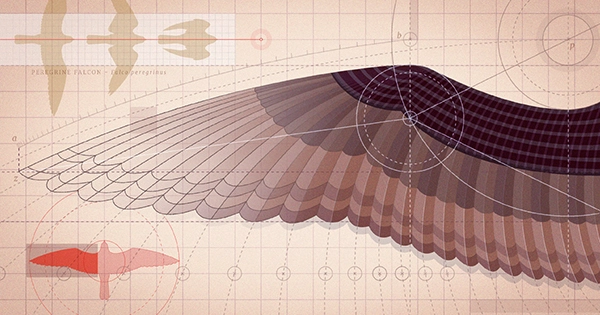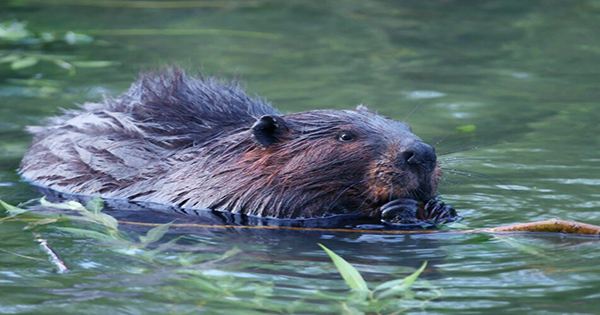All flight-capable modern birds possess the propatagium, a unique wing structure that is necessary for flight. This structure’s genetic ancestry has long been unknown, but recent studies indicate that nonavian dinosaurs may have developed it. The discovery, which fills some knowledge voids regarding the genesis of bird flight, comes from statistical analyses of arm joints preserved in fossils.
We have known for a very long time that certain lineages of dinosaurs that existed millions of years ago gave rise to contemporary birds. This has caused scientists to turn to dinosaurs to describe some of the characteristics specific to birds, such as feathers and bone structure. But there is something unique about avian wings in particular that has drawn the attention of scientists at the Department of Earth and Planetary Science at the University of Tokyo.

According to Associate Professor Tatsuya Hirasawa, “At the leading edge of a bird’s wing is a structure called the propatagium, which includes a muscle connecting the shoulder and wrist that helps the wing flapping and makes bird flight possible.”
“We know it’s necessary for flight because it’s not found in other vertebrates and because it has been discovered to have vanished or lost its function in flightless birds. Therefore, we need to understand how the propatagium developed in order to comprehend how bird flight evolved. This is what inspired us to investigate some ancient theropod dinosaurs, which were the ancestors of contemporary birds.
Dinosaurs known as theropods, including Tyrannosaurus rex and Velociraptor, had limbs rather than wings. It would be easier to understand how the modern avian branch of the tree of life evolved from arms to wings if researchers could discover evidence of an early example of the propatagium in these dinosaurs.
It may not be possible to discover direct evidence because the propatagium is made up of soft tissues that do not fossilize well, if at all. Instead, they had to come up with a subterfuge to determine whether a propatagium was present or not in a case.
According to Yurika Uno, a graduate student in Hirasawa’s lab, “the approach we took to determine the existence of a propatagium was to gather data about the angles of joints along the arm, or wing, of a dinosaur, or bird.
“The propatagium, which prevents modern birds’ wings from completely extending, limits the range of angles that can be formed between connecting sections. We would be able to be reasonably certain that dinosaurs also had a propatagium if we could identify a similar precise set of angles between joints in dinosaur specimens. We also discovered the telltale ranges of joint angles we were looking for through quantitative studies of the fossilized postures of birds and nondinosaurs.”
In an effort to cast some light on the matter, the team has already started looking into potential connections between fossil evidence and the embryonic development of contemporary vertebrates. The team speculates that some theropods may not have developed the propatagium because they were under any strain to learn how to fly because their forelimbs were designed for grasping objects rather than flying.
According to Hirasawa, depictions of dinosaurs in popular culture are becoming more and more correct. At least now we can see feathers, but I’m hoping for a more recent illustration shortly that also includes theropods’ propatagium.
















